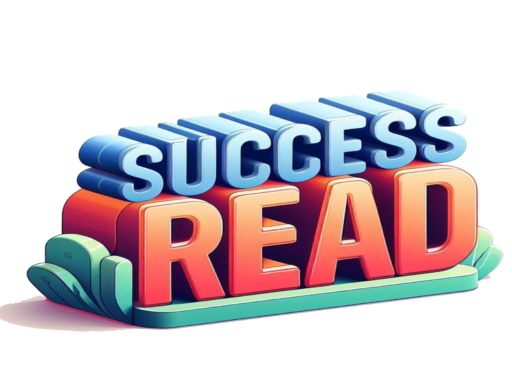
Behavior is a perennial topic, often dissected through various theories. The Behavior Machine Theory offers a comprehensive understanding of behavior’s meaning and concept. William Glasser, the advocate of Choice Theory and General Behavior, challenges the common notion of equating behavior solely with action, asserting that it comprises four components. Understanding this premise unveils how our needs shape our behaviors, enabling us to cultivate better, more deliberate conduct. Given the profound impact of behavior on life, this article aims to analyze the multifaceted elements of the Behavior Machine Theory.
One of psychology’s seminal theories is Choice Theory, introduced by William Glasser, which emphasizes General Behavior as one of its fundamental tenets. Contrary to popular belief, behavior extends beyond mere action, encompassing four distinct components: thought, action, feeling, and physiology. Instead of using “behavior,” Glasser employs the term “general behavior” to convey a more nuanced understanding. According to Glasser’s Behavior Machine Theory, thought and action serve as a car’s front wheels while feeling and physiology act as the rear wheels, with needs serving as the engine driving this machine.
Understanding the Nature of Human Behavior Machine

According to Glasser’s theory, human behavior comprises four components: action, thought, emotions, and physiology. Each behavior stems from various needs, which are categorized into organized behaviors (repetitive actions), organized open behaviors (novel actions), and creative behaviors (innovative actions). Consequently, as individuals’ needs evolve across emotional, intellectual, and physiological dimensions, so do their behaviors, with new behaviors emerging alongside existing ones.
Identifying the Key Component of the Behavior Machine
In pondering the central question of which component serves as the crucial wheel in the behavior machine, it becomes evident that thought and action are paramount. Thoughts underpin every behavior, influencing an individual’s success. Therefore, attending to one’s thoughts and actions and employing logic in reasoning becomes imperative.
In Summary
The conventional perception that behavior is equated solely with action is challenged by William Glasser’s Behavior Machine Theory, which posits behavior as comprising four components. Thus, reframing behavior as “general behavior” offers a more comprehensive understanding.

Comments